❀ Premise

Chihiro Hikari, 73, well-off widow of the CEO of a large tech conglomerate Kyocera Corp, is moving back to Hokkaido to be closer to her family. She’s quite eccentric, dressing in a much younger style than her contemporaries in Tokyo, and her demeanor can be ruthless or kawaii and bubbly depending on how well she knows you. She flourished in the shadow of her husband, sometimes being considered the puppeteer behind the company. The constant beeping of her notifications from her phone has given her the nickname Obaachan-P or Baachan-P amongst her friends and family.
In her transition away from the city, Chihiro has warmed to the fact that she’ll need a car to get around without the access to constant public transport. She does know some about cars, being a big fan of what was being offered at the Nissan Cherry stores and their cuter, slightly retro look that reminded her of her childhood. She’s enlisting the help of her grandson Hachi, who she knows is very into cars and would be helping her maintain whatever she buys. She has bought subscriptions to Young Auto magazine for his birthday for a while now, so she thinks he’ll be a good guide to what’s cool.
❀ Rules
TL:DR The year is 1998. Obaachan wants a fun, economical, sporty small car for driving around in the Hokkaido countryside and has enlisted her tuner culture knowledgeable grandson to help her pick one to buy.
✧ Model/Family name: CSR158 - Username
✧ Trim/Variant name: free
✧ Model/Family Year: 1990 or later
✧ Trim/Variant Year: 1998
✧ Coupe, hatchback, sedan, and wagon bodies allowed.
✧ No soft top convertibles. Hard top convertibles are allowed but are not preferred over true coupes.
✧ No Legacy car bodies (the ones in the Legacy Car Pack)
✧ Minimum 2 full seats
✧ Maximum 3 doors
✧ Maximum Wheelbase: 2.3 m
✧ no open wheel or meme bodies
✧ Safety: 90s or newer
✧ Maximum engine size of 2 liters. This is due to road tax bracketing, which Chihiro can only handle paying up to this threshold.
✧ 3 way catalytic converter of either variety is mandatory
✧ 2 mufflers required
✧ Fuel: 95 RON (premium) mandatory
✧ Max Loudness: 40
✧ No Race Parts
✧ Maximum 0-60 time: 15 seconds (these are meant to peppy cars, not highway hazards. any slower and it’s a safety issue)
✧ Max Pirice: $15,000
✧ No functional aero fixtures (meaning nothing from the wings, lips, or spoilers category)
✧ $150 svc reduction if the car conforms to 660 cc kei car size, engine capacity, and hp regulations.
✧ Emissions testing must show green in all categories in fuel economy section of detailed stats tab.(if you pass WES 10 you’re fine)
✧ Minimum per category TP: 5
✧ Maximum per category TP: 10
✧ Maximum Net TP: 180
✧ Advanced Trim Settings: Allowed within reason. If you are making lots of adjustments, please let me know when submitting so I can review it sooner to let you know if it’s gone too far.
This is the calculator we’re using for techpool (created by Doot). You’ll need to make a copy of it for yourself for it to be editable.
Optional guidelines for More Realistic builds (mostly visual)
✧ Kei sized cars should have Kei colored plates. These are the black text on yellow background

✧ All other cars should either have the green text on white background Japanese plates or either of the two glow colors of Japanese plates from the mod (I know they’re newer than the '90s, but they’re still cool).
✧ 660 cc era Kei cars, like the ones we’d be dealing with, have size restrictions. They are at maximum 3.4 m in length, 1.49 m in width (rounding to 1.5 is ok for this challenge), and 2 m in height. I originally wanted to run this as a kei car only challenge, but the dimension limits severely limited the choice of bodies and I didn’t want the salt it would cause. They are also power limited to 63 hp.
✧ Most Japanese cars have amber/orange turn signals. They also do not require side marker indicators like USDM cars do (the ones that are at the corners of the car, not the ones further down the fenders or on the side mirrors). The lenses tend to be either amber or clear. It’s also not uncommon for more upscale cars to have a slight smoke tint to some headlight and tail light areas for a sportier and refined look. Case in point, the R33 generation skyline sedans.
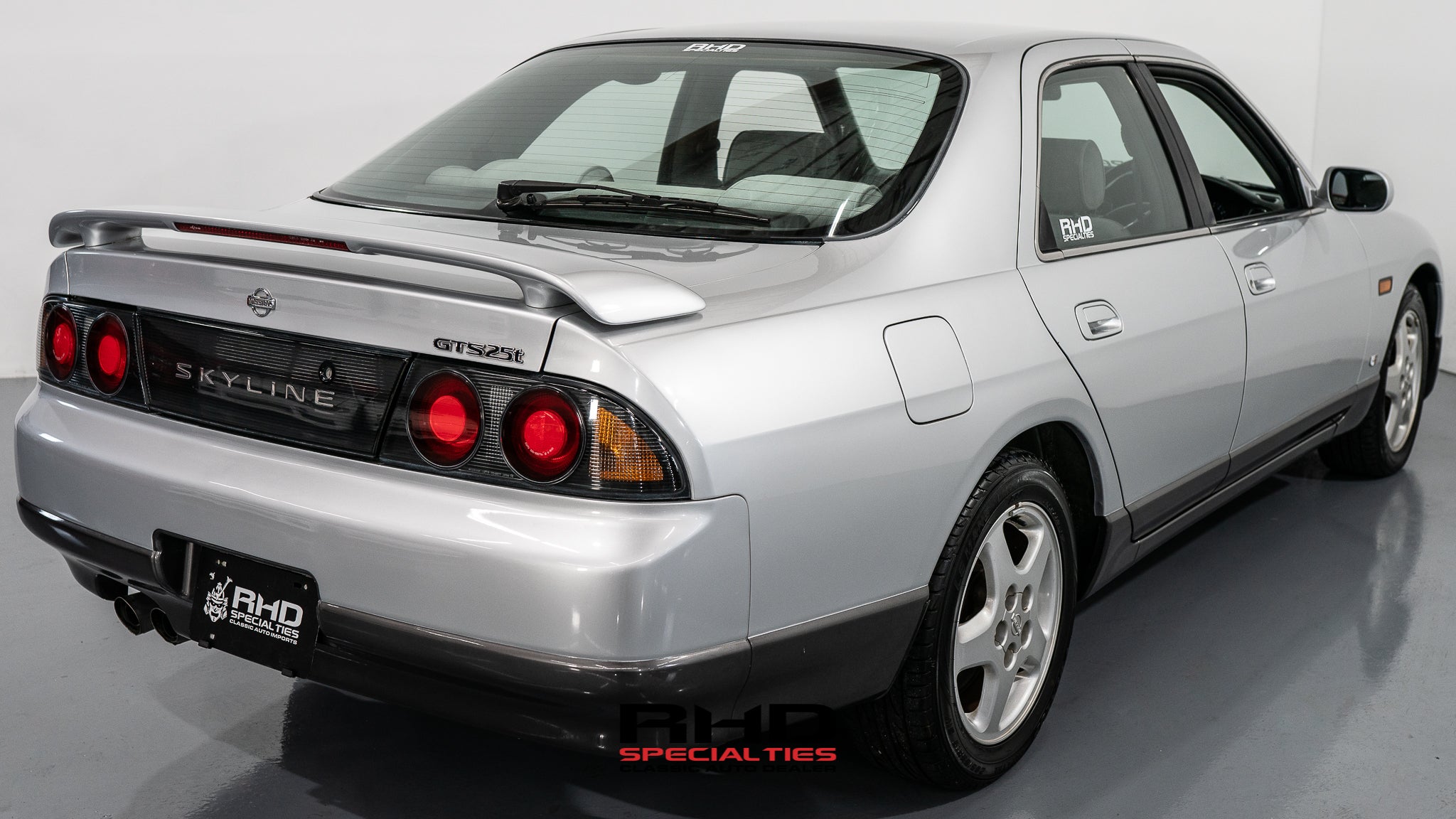
✧ Cars not originating from a Japanese manufacturer can defy the 63 hp limit and still be classified as a kei vehicle if they meet the engine size and physical size limitations. Caterham did this with their 7 160 model, which in stock guise made 80 hp.
✧Here’s review of some of the cars listed in the inspos from the early '90s. The cars Obaachan is looking for are at least as sporty if not sportier than the top ones shown here.
❀ Priorities
🟉🟉🟉🟉🟉
✧ Design
✧ Realism: This is a CSR round, so realism is a very high priority. That being said, kei/kei adjacent cars have quite the variety of engineering options, so experimentation is encouraged. Stuff like transverse boxers will still net you a bin however. Sites like Carfolio, Automobile-Catalogue, and Wheelsage are all great resources when looking up car specs and visual details. Quirkiness isn’t a bad thing if executed well and with realistic choices elsewhere.
✧ Driveability: (Insert “granny’s got arthritis” meme here) Obaachan is in her 70s and would much rather have something easy to drive and not something she has to put her full weight into to get it to turn. Also she can drive stick, but prefers not to. Something with a “sport mode” would be more appropriate, according to Hachi.
🟉🟉🟉🟉
✧ Fuel Economy: Fuel stops are few and far between in the rural areas of Hokkaido. Obaachan really doesn’t want to be stranded in the hills somewhere when she’s out on a night drive.
✧ Performance: This will be determined by real world stats, not the sportiness stat. Keep in mind the class of cars you’re building here. 100 hp goes a long way when your car is under 1000 kg.
✧ Comfort: Again, Obaachan is in her 70s. She’d rather not have her bones pulverized over every little bump.
✧ Value for Money: A good balance needs to be struck between cost and features. Obaachan can spend up to her full budget, but would prefer not to. A cheaper car with the same features and good stats can easily beat out something more expensive. Go too cheap and feature light and she won’t even consider it.
🟉🟉🟉
✧ Safety: These are tiny, light cars, so this value will probably lower than expected. However, Obaachan doesn’t want a literal tin can to drive.
✧ Reliability: Obaachan needs to have this car be consistent, as it will be her primary mode of transportation. Hachi won’t always be around to help her with repairs and she doesn’t want to have it trucked down into Sapporo to be repaired at a dealer too often.
✧ Service Costs: Road tax can be hard to overcome for someone on a reduced income, so the less maintenance costs the better. The tax break for kei vehicles is included in this, as detailed in the rules tab.
🟉🟉
✧ Practicality: Obaachan is mostly going to be using this car to go shopping and occasionally with a friend on longer drives. It needs to have at least some sort of storage space beyond the passenger seat is needed. (This will be more from the car’s actual dimensions than the actual stat.)
✧ Environmental Resistance: If this was southern Japan, this would be less of an issue, but this is Hokkaido, the land of snow banks the height of one story houses. Keeping rust out is key in that sort of environment
🟉
✧ Emissions: While minor from a stats standpoint, it’s a very important thing in Japan due to population density. If you don’t pass emissions testing(not having all the sections in the fuel economy part of detailed stats show green), you will be binned
❀ Inspirations
Period and Class correct Inspirations
✧ Autozam AZ-1
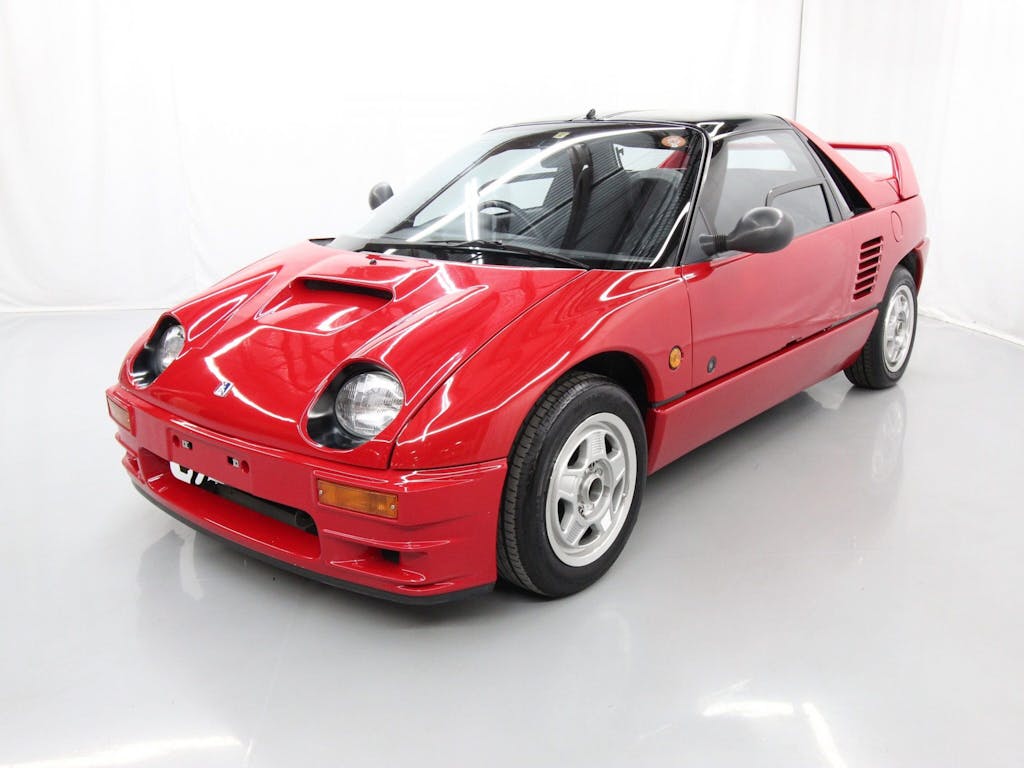
✧ Suzuki Alto Works RS/R

✧ Honda Beat
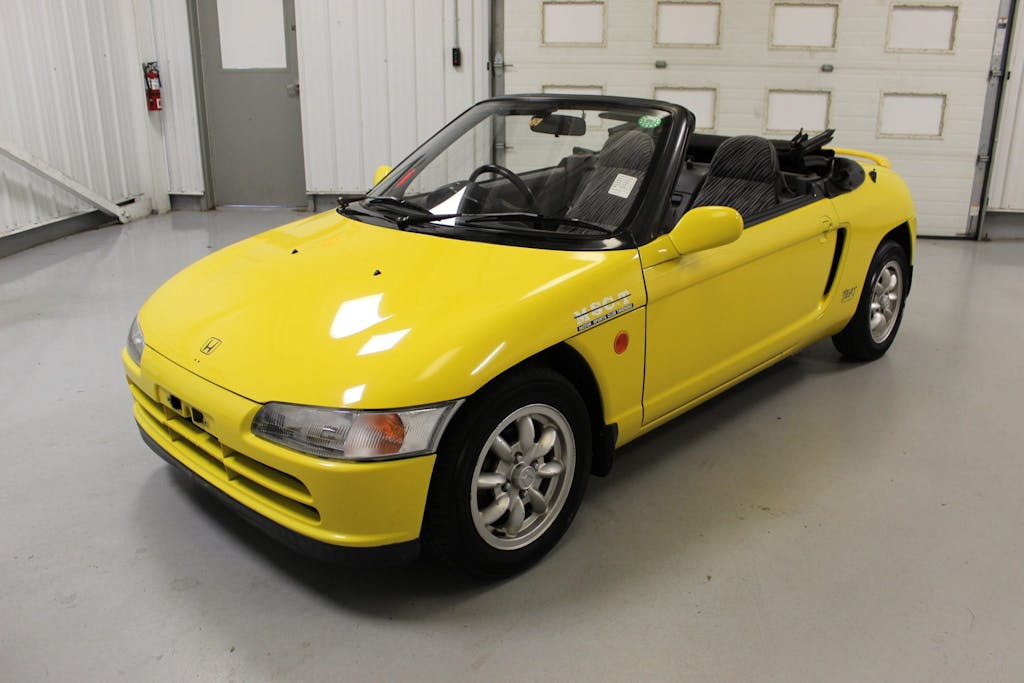
✧ Nissan Be-1
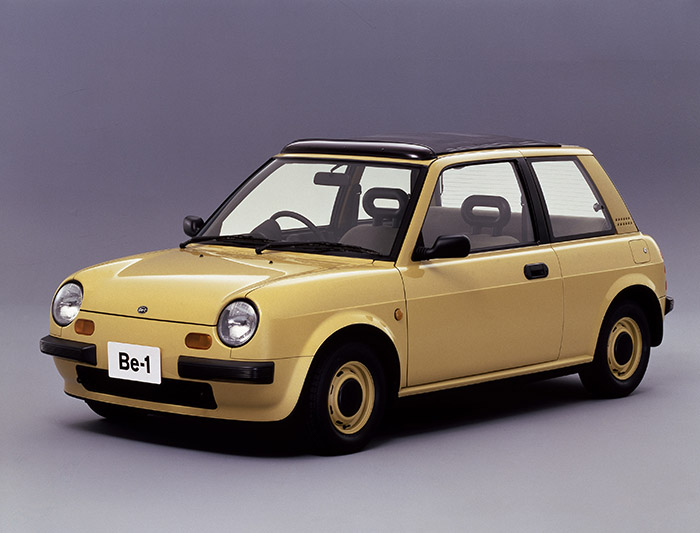
✧ Honda Today G Mugen

✧ Renault Twingo
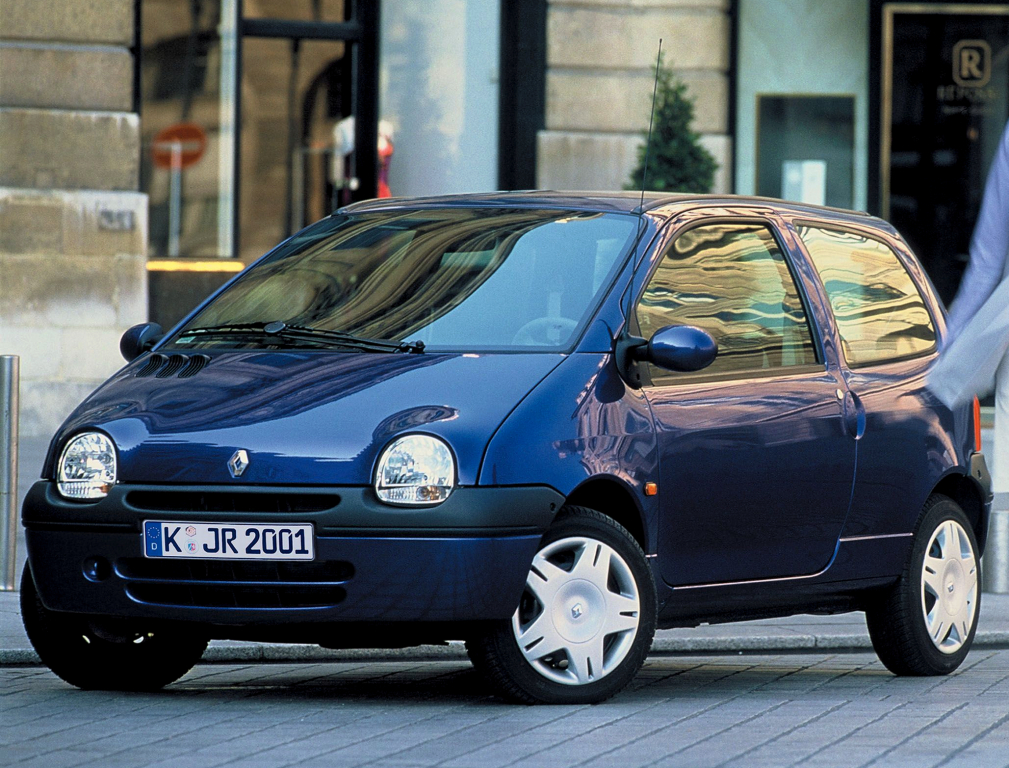
✧ Nissan Figaro

✧ Daihatsu Mira TR-XX

✧ Mitsubishi Minica Dangan ZZ

✧ Suzuki Cappuccino
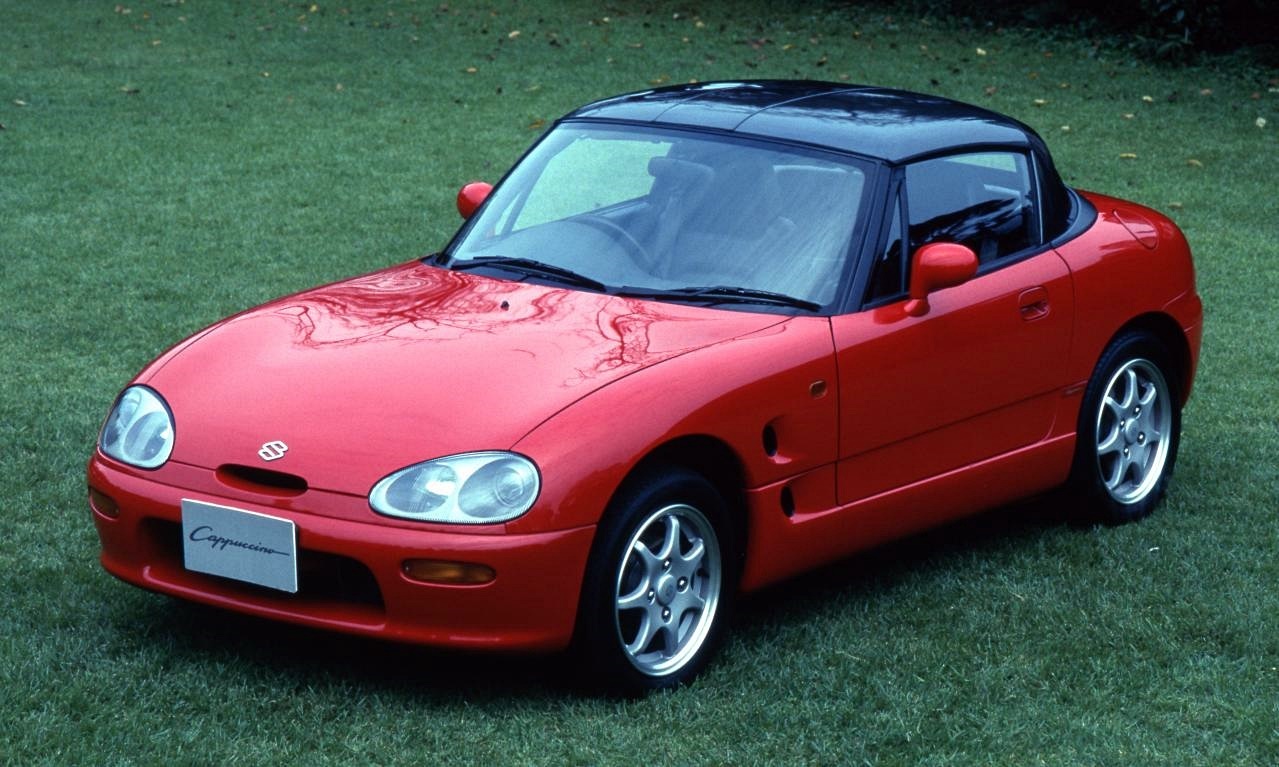
Inspirations that are stylistically right and have the right vibes, but are either the wrong era, too powerful, or both. (If it’s a convertible or roadster, just imagine it with a roof instead)
✧ Smart Roadster
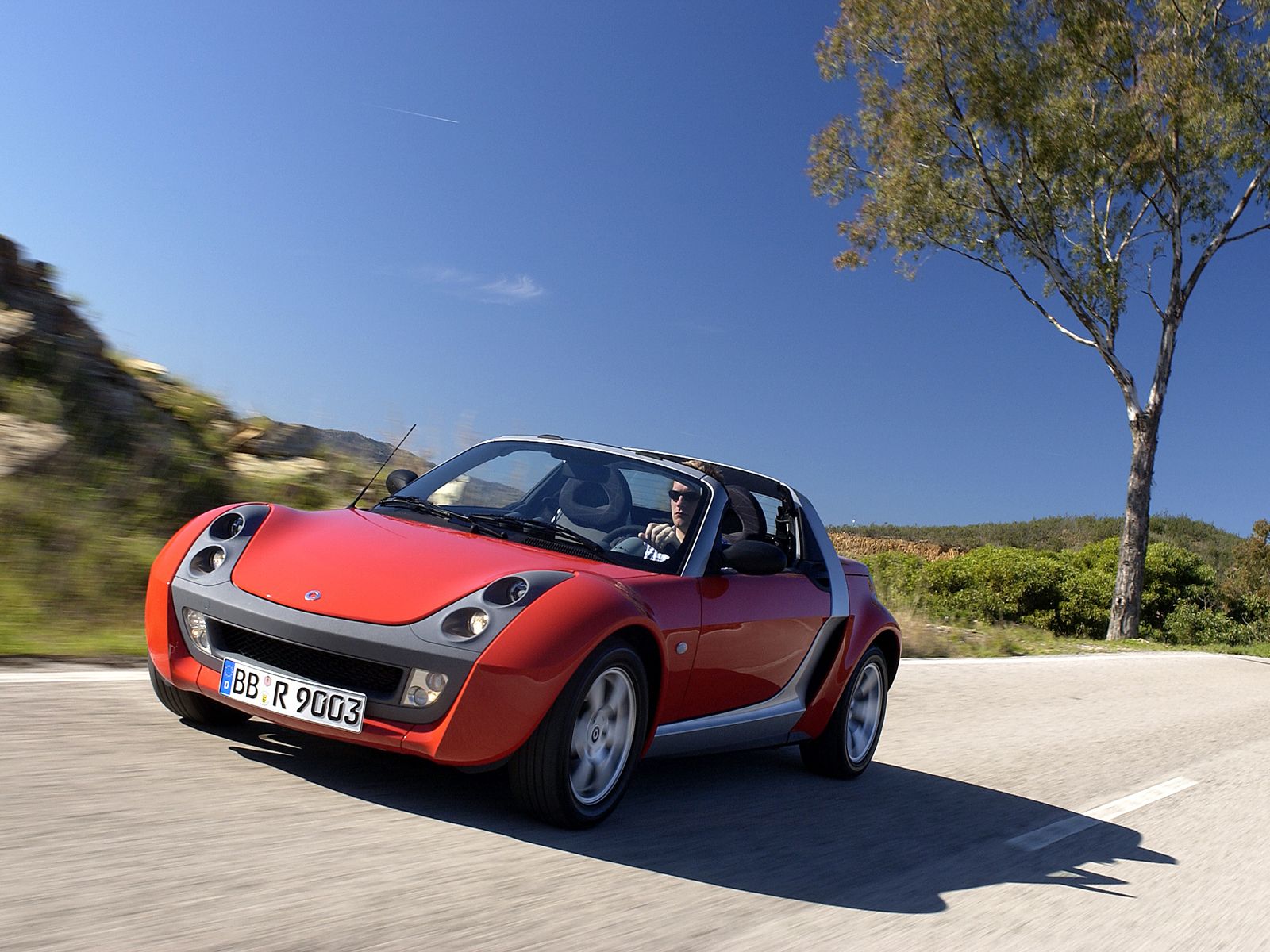
✧ Renault Sport Spyder
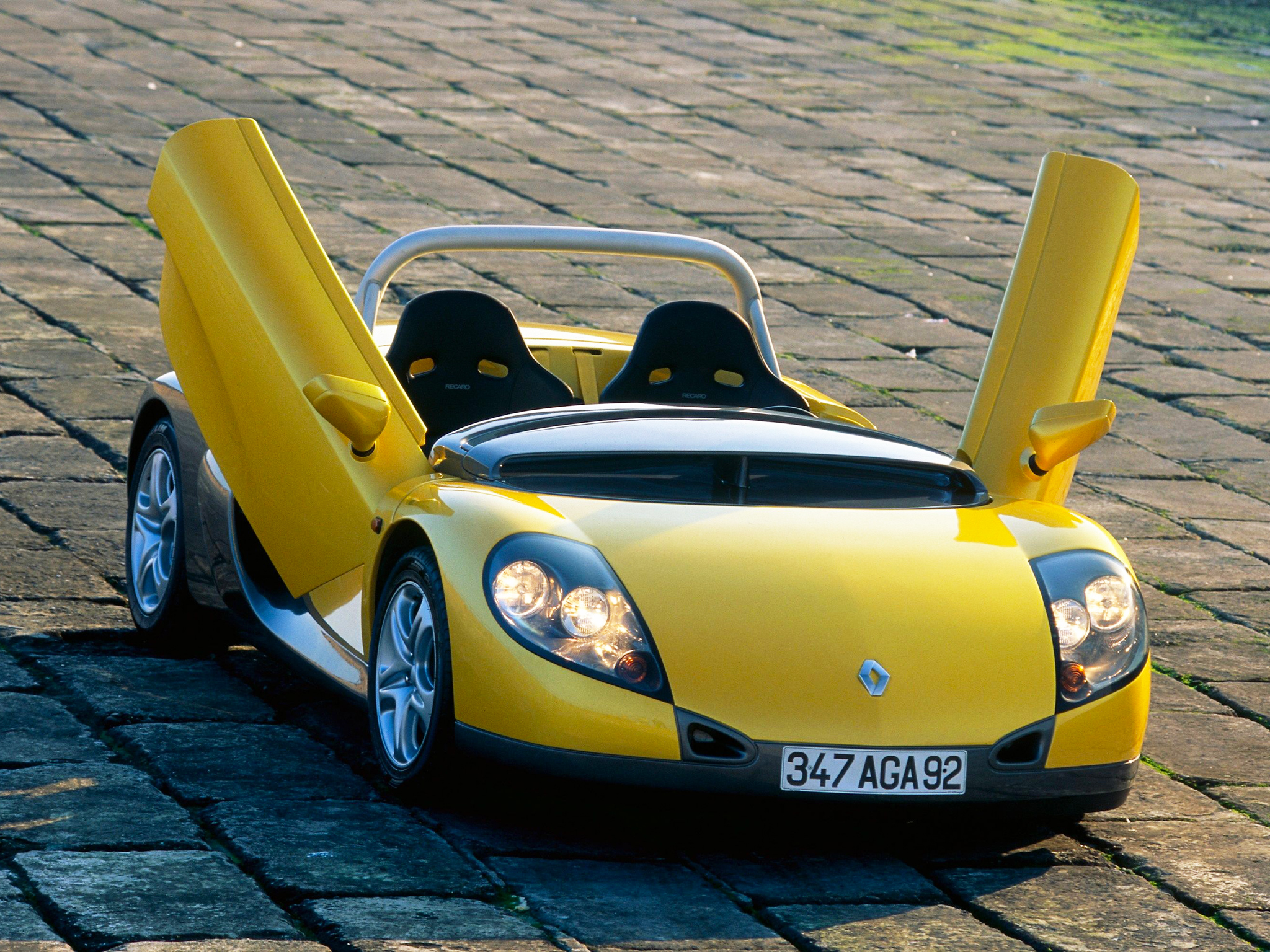
✧ ASL Garaiya
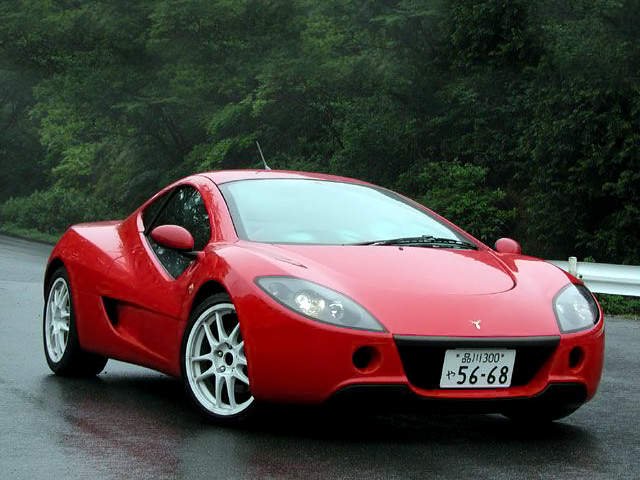
✧ RE-Amemiya Autozam AZ-1
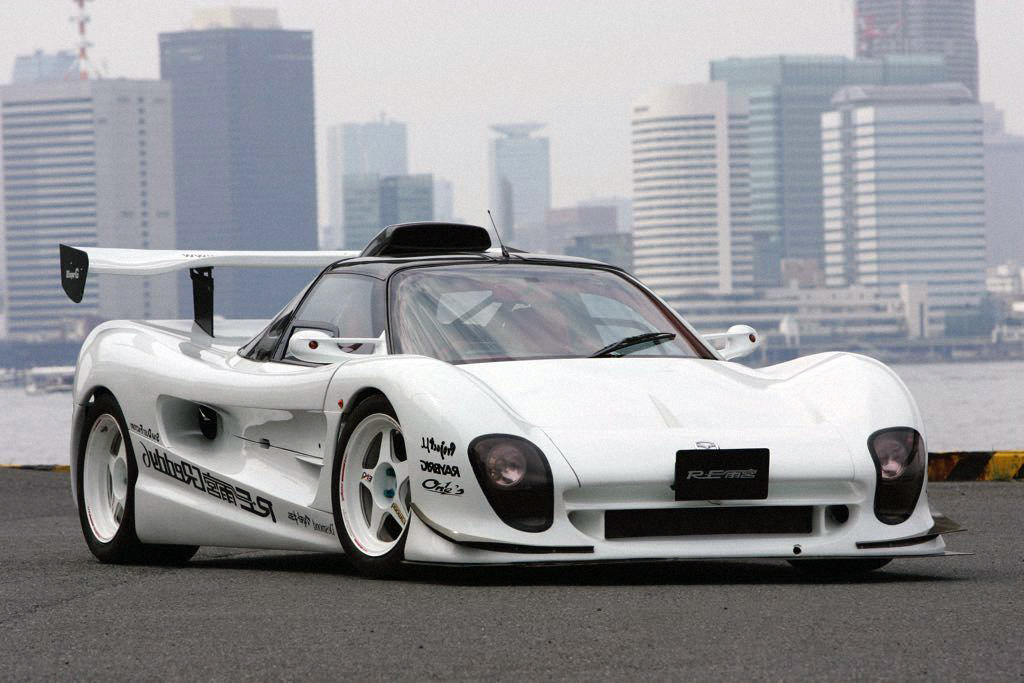
✧ Lancia Appia Sport
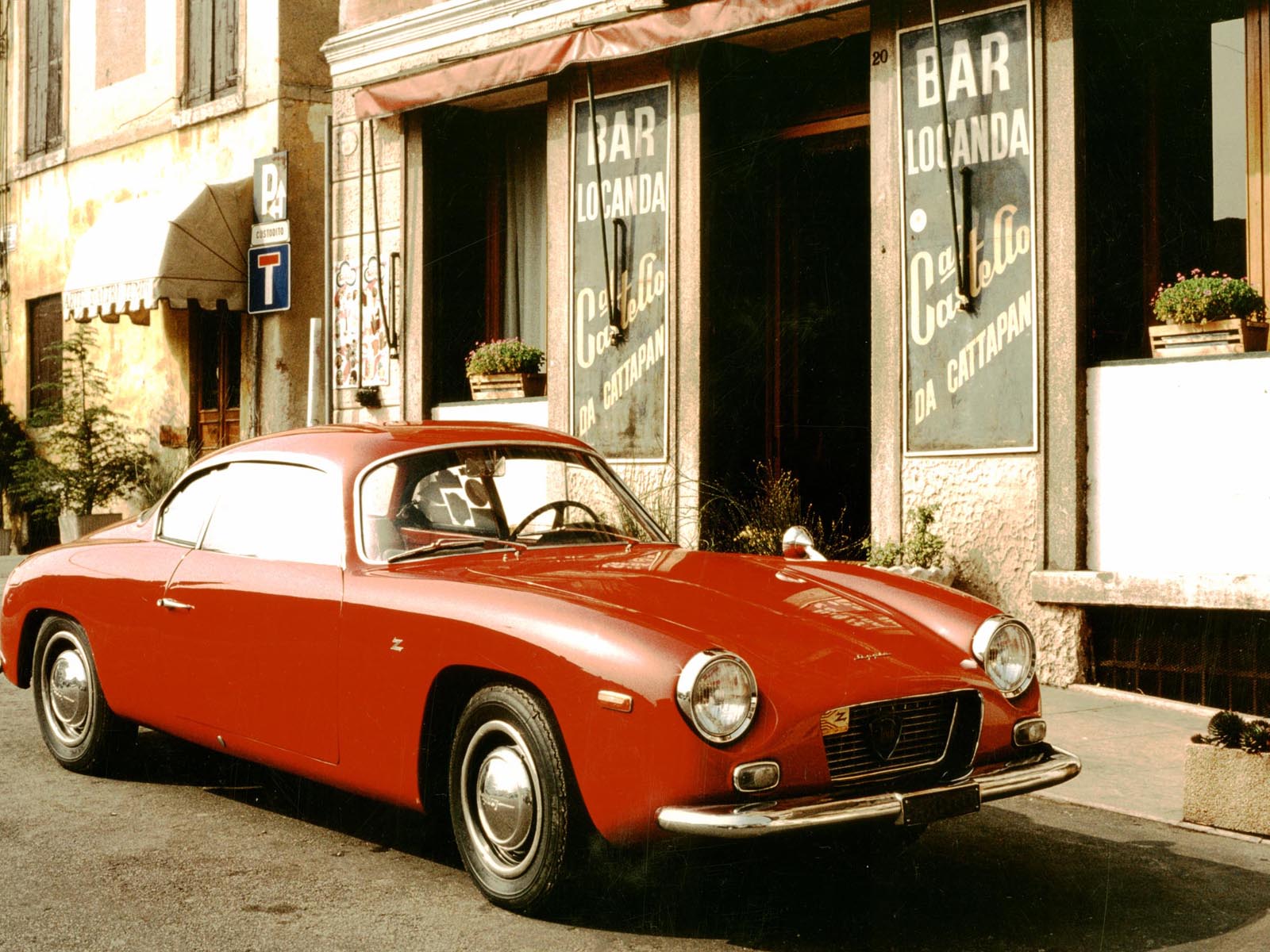
✧ TommyKaira ZZ
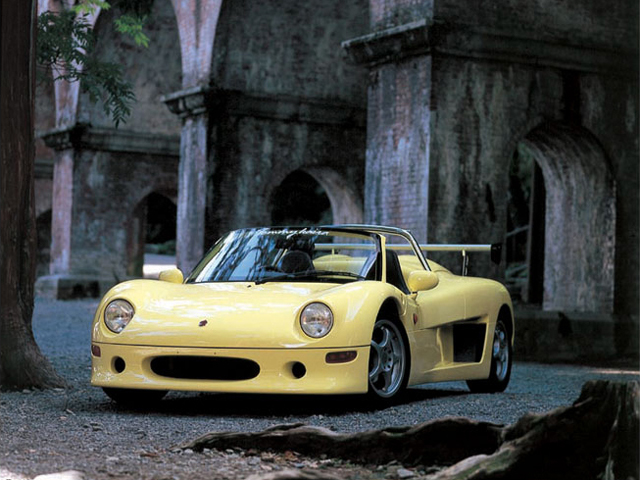
✧ Fiat Abarth 595
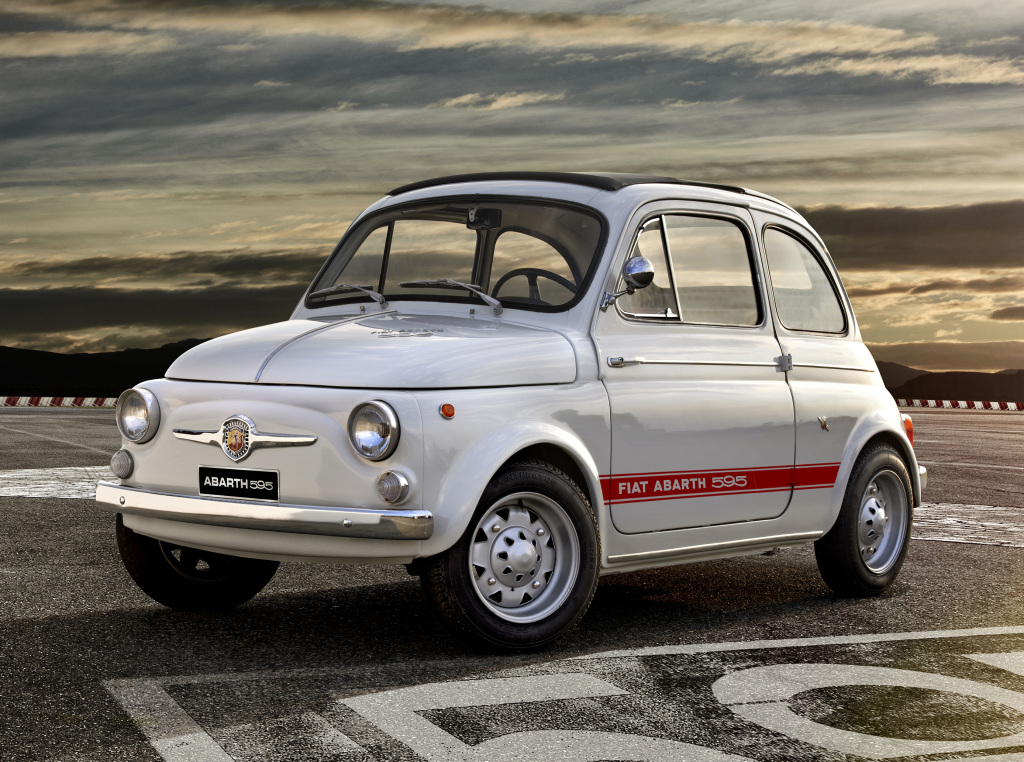
✧ Min Marcos
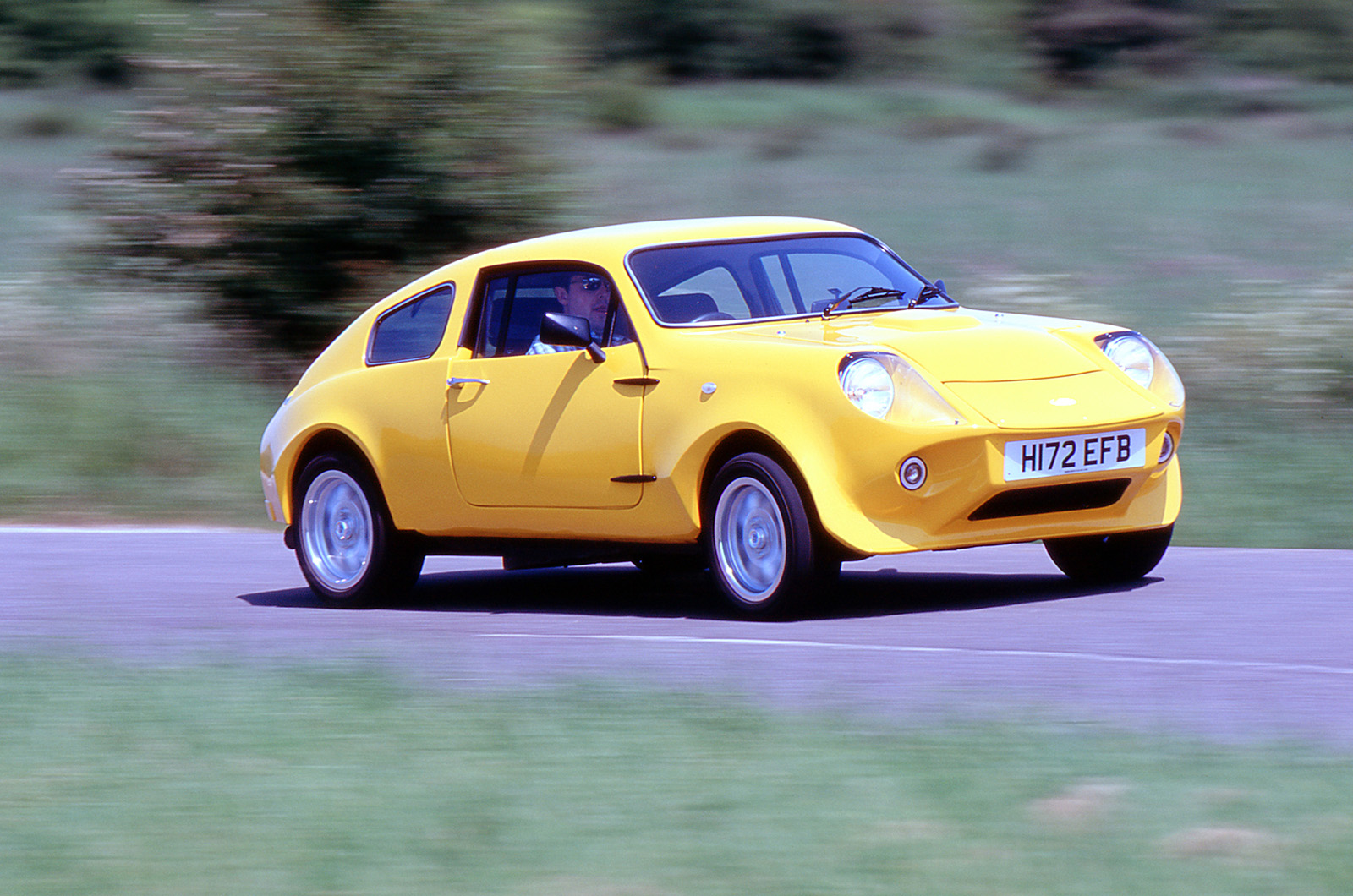
✧ Daihatsu Copen
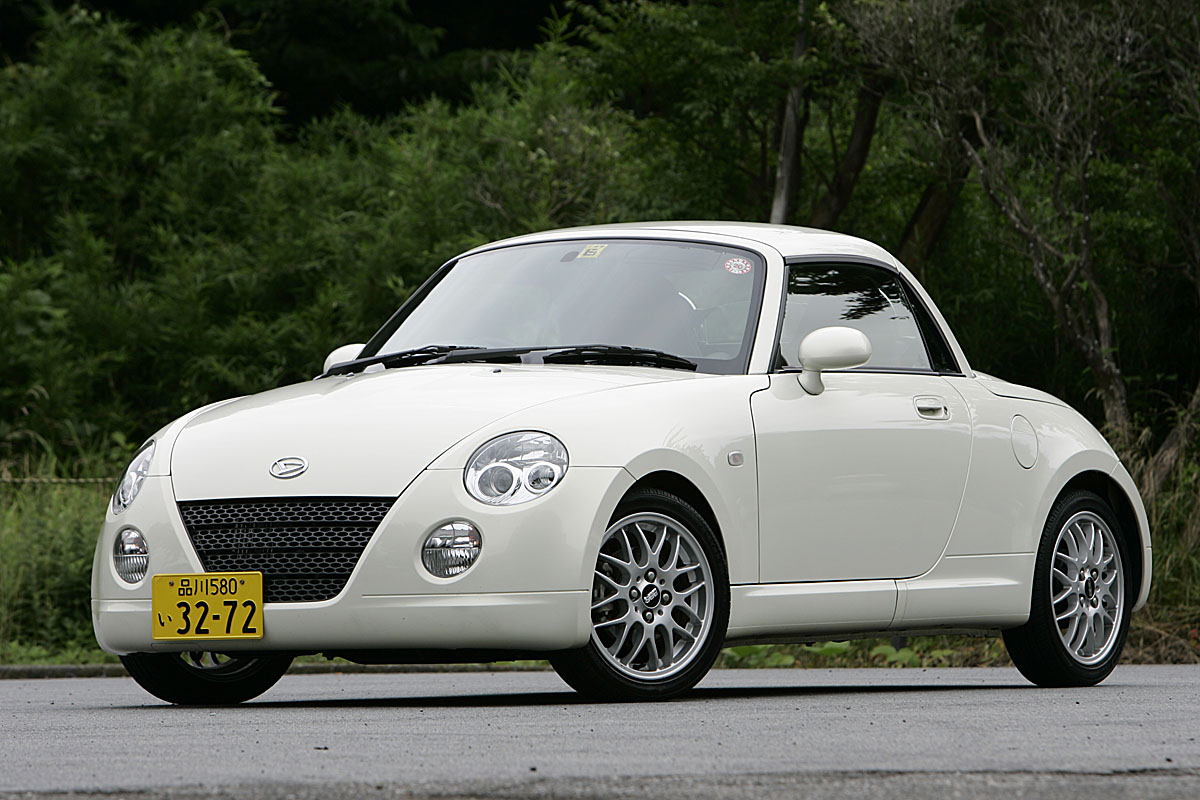
✧ Mazda Cosmo Sport 110
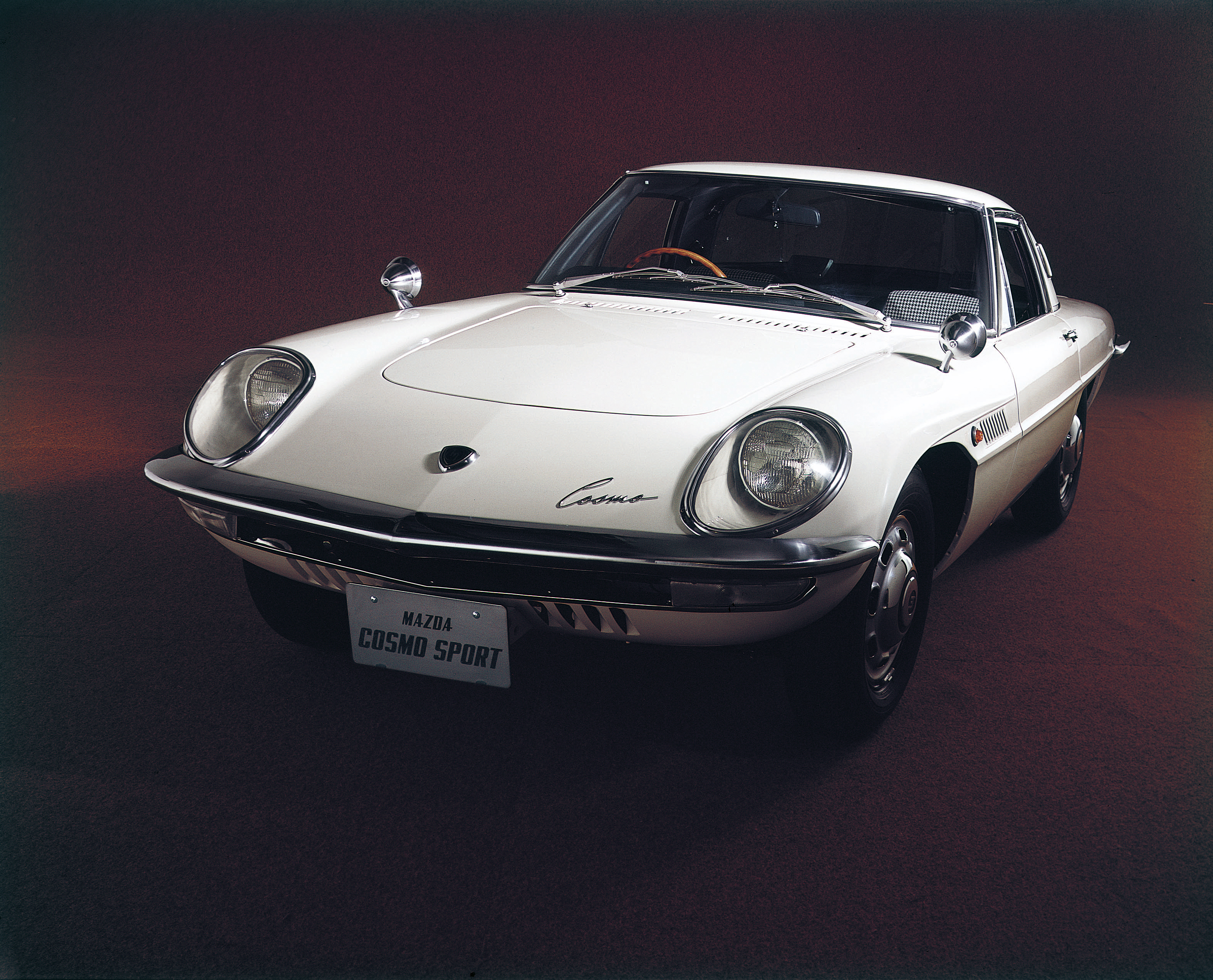
✧ Alfa Romeo TZ
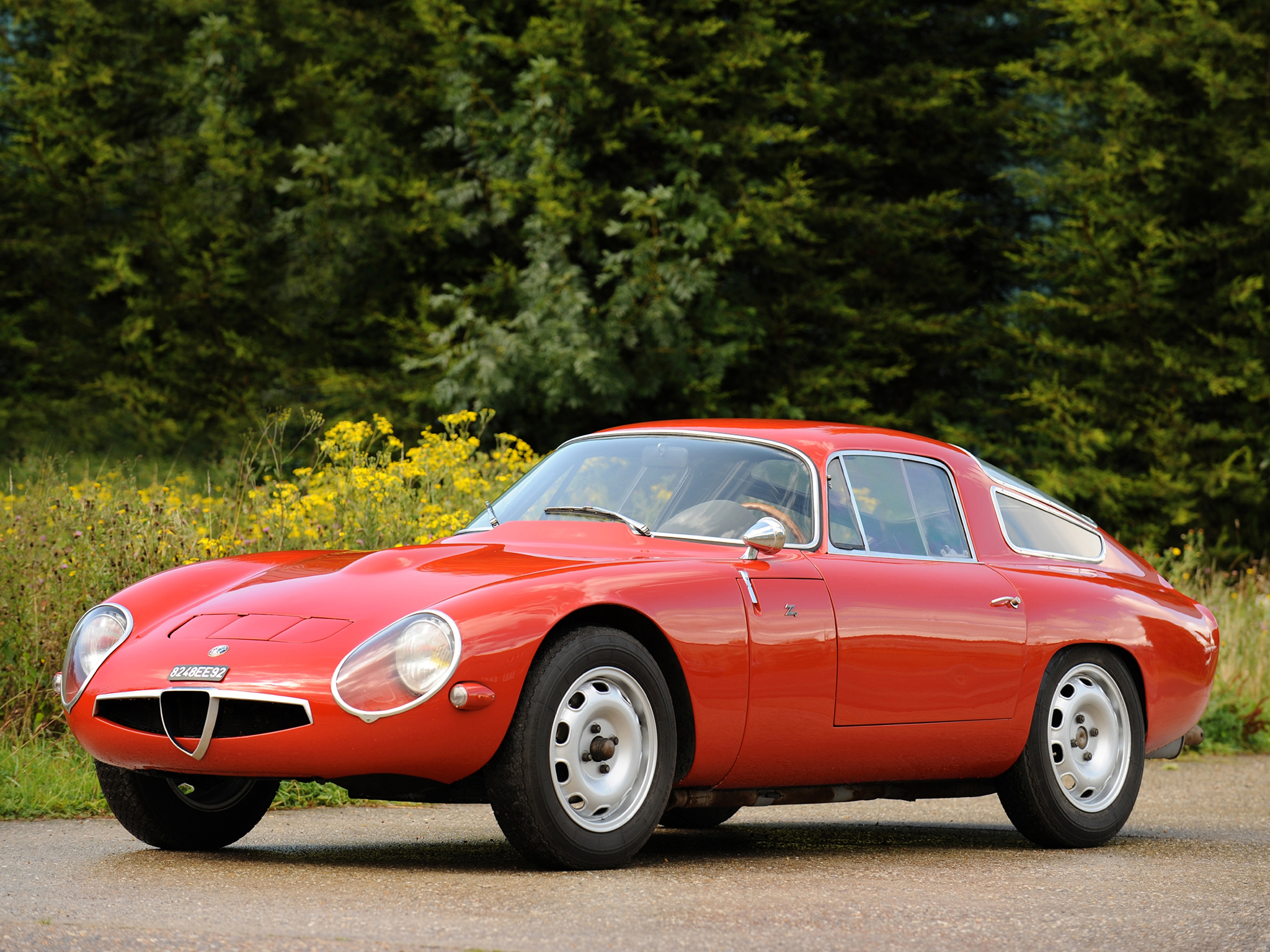
This Round is being held on the open beta. Entries can be resubmitted as often as needed up until the deadline because of this.
Round Start: Monday, October 2nd
Round Deadline: Monday, October 23 at 11:59 PM PST


